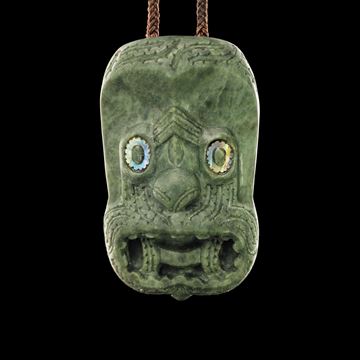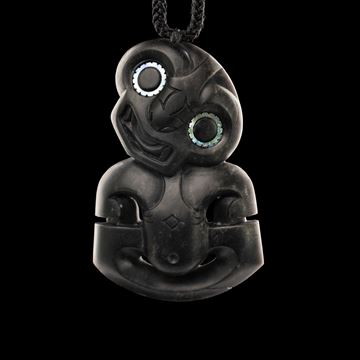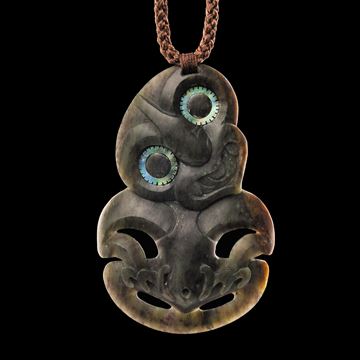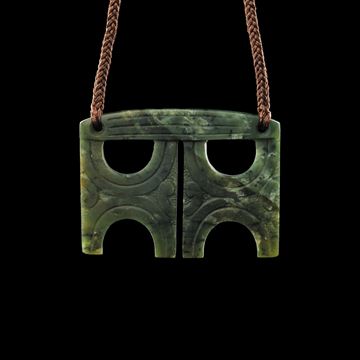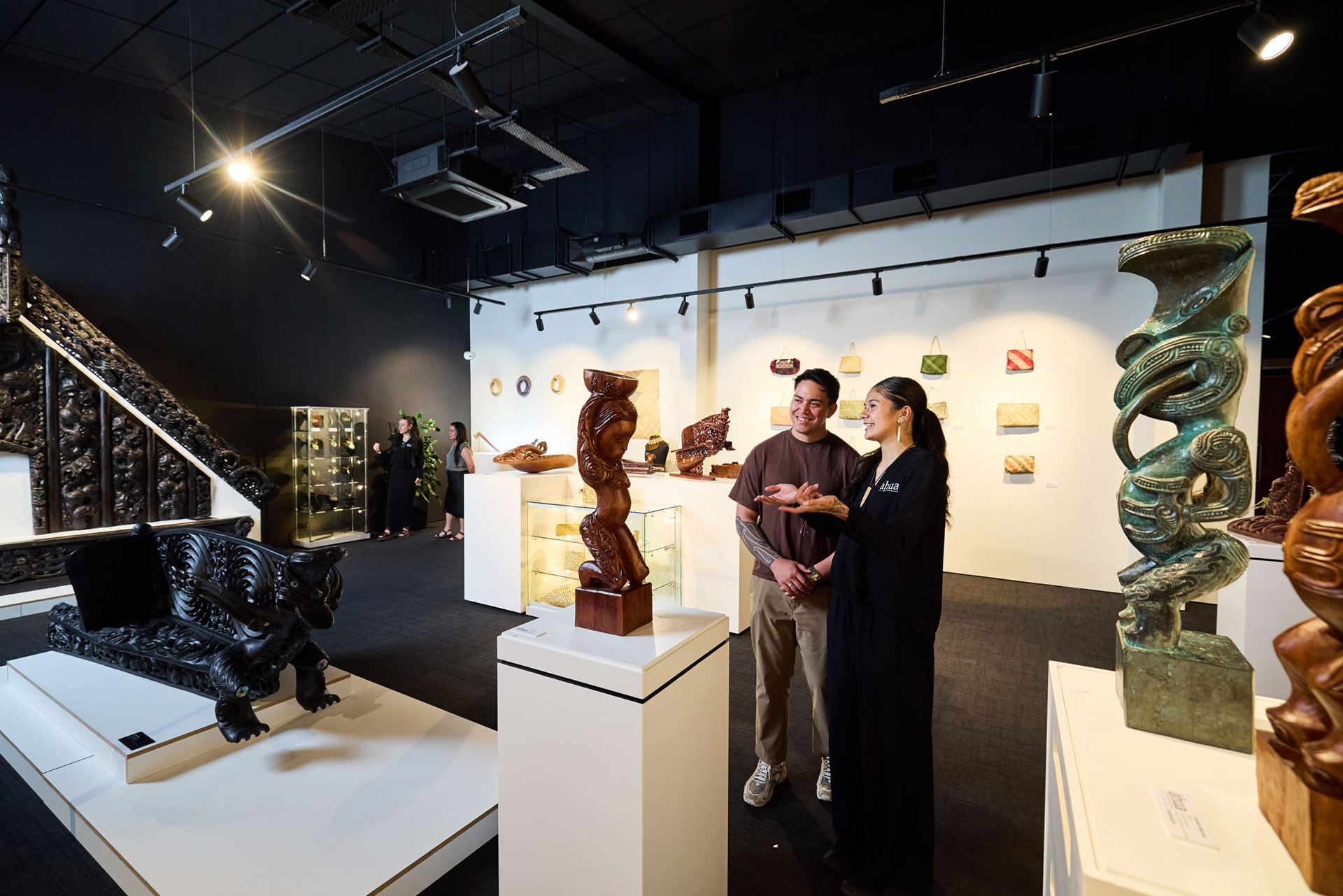
Āhua Gallery
Select Subcategory
Koruru - 6348HW
In Māori carving there are three predominant designs for heads: the ‘wheku’ with the long eyes; and the ‘ruru’, which also has round eyes but with a point at the top. The different designs were used by carvers to illustrate the character of the subject they were carving.
Koruru are frequently found fitted to the gable of a whare whakairo (carved meetinghouse) as a representation of the tribe’s eponymous ancestor.
Material: Pounamu (Kiri)
Measurements: 93mm x 55mm
$990.00
Hei Tiki - 6453PD
Hei tiki are the best known of all Māori adornments. Tiki are symbols of fertility that depict a new-born child. They are often family heirlooms bearing personal names and embodying their wearers lineage. As with most Māori personal adornments, hei tiki are often passed down generationally.
Material: Mata (Obsidian)
Measurements: 93mm x 60mm
$2,400.00
Hei Tiki - 6187KH
Hei tiki are the best known of all Māori adornments. Tiki are symbols of fertility that depict a new-born child. They are often family heirlooms bearing personal names and embodying their wearers lineage. As with most Māori personal adornments, hei tiki are often passed down generationally.
Material: Pounamu (Hapopo)
Measurements: 101mm x 66mm x 16mm
$2,900.00
Moko Kauae - 6185KH
Traditionally women who acquired moko kauae (female chin tattoos) received them based on their mana, established through their whakapapa. They were nominated by the hapū to ensure there was a woman of mana to represent them on the marae.
Material: Pounamu (Kawakawa)
Measurements: 50mm x 67mm x 7mm
$1,200.00

